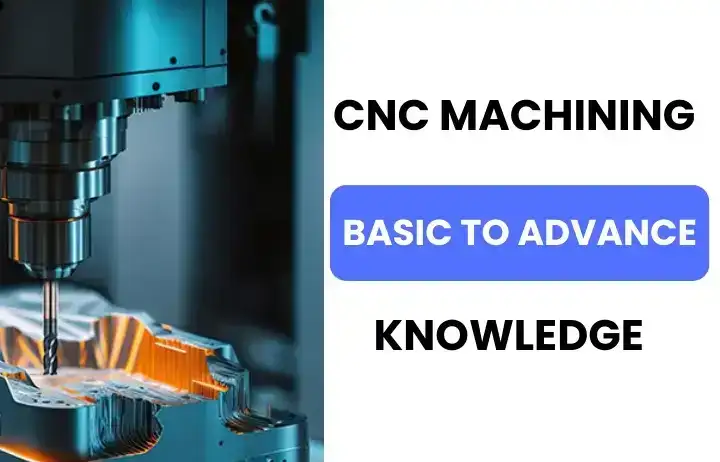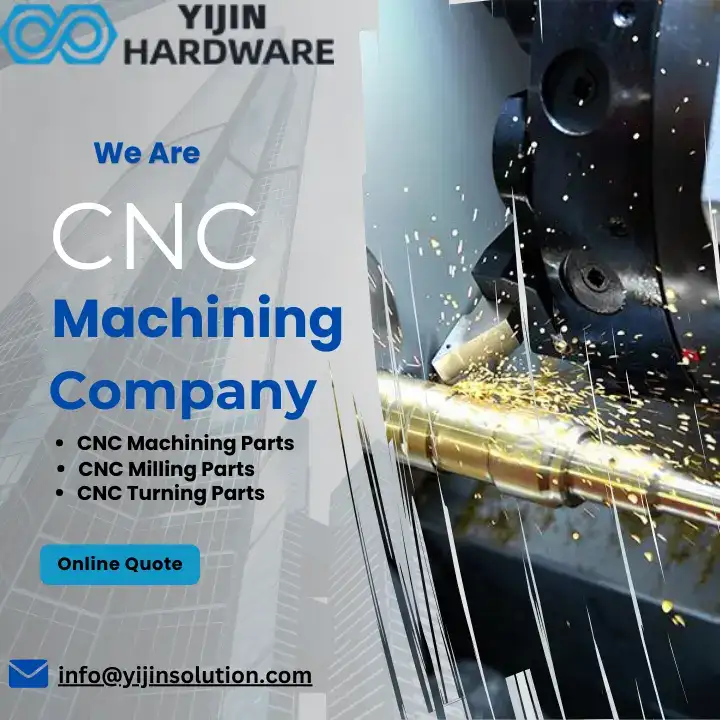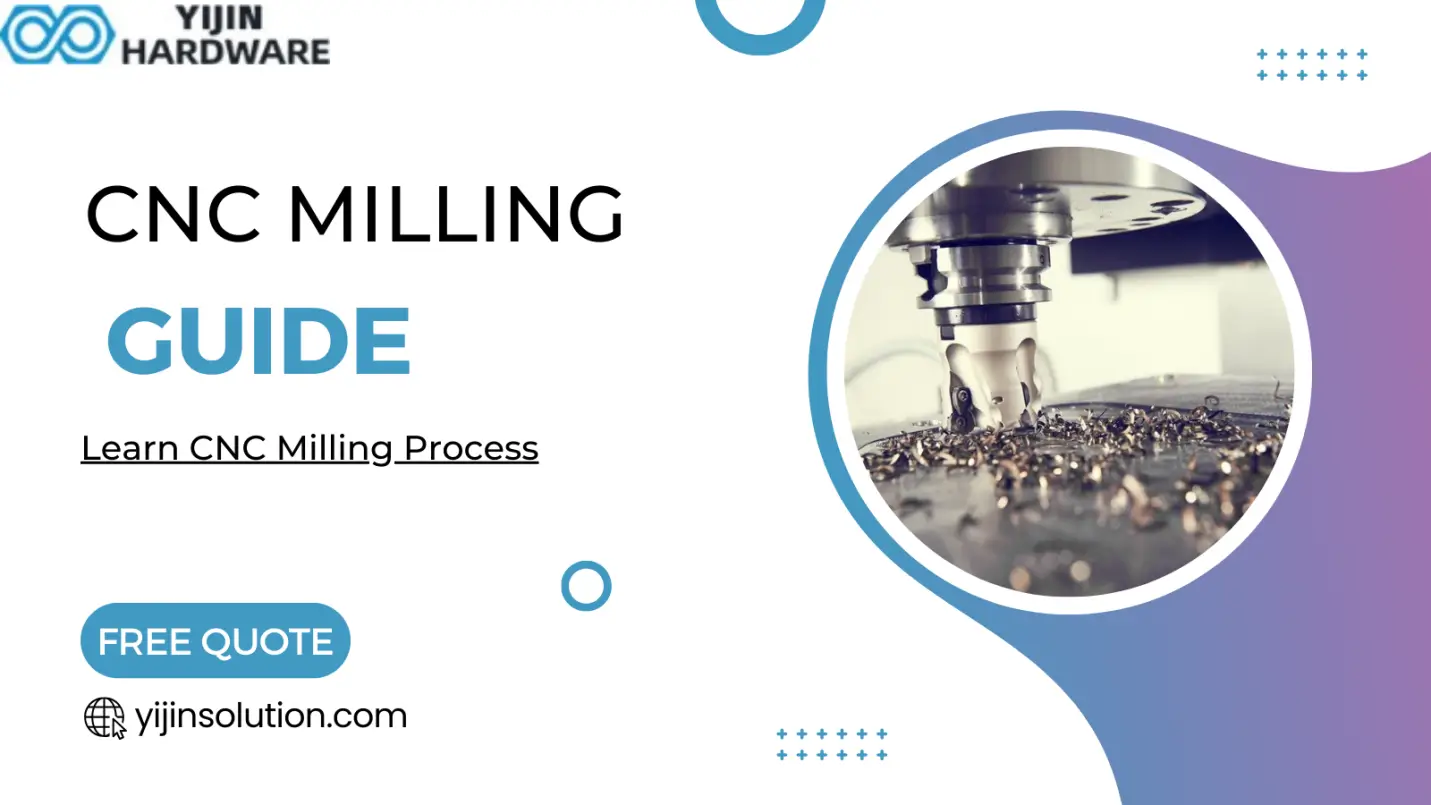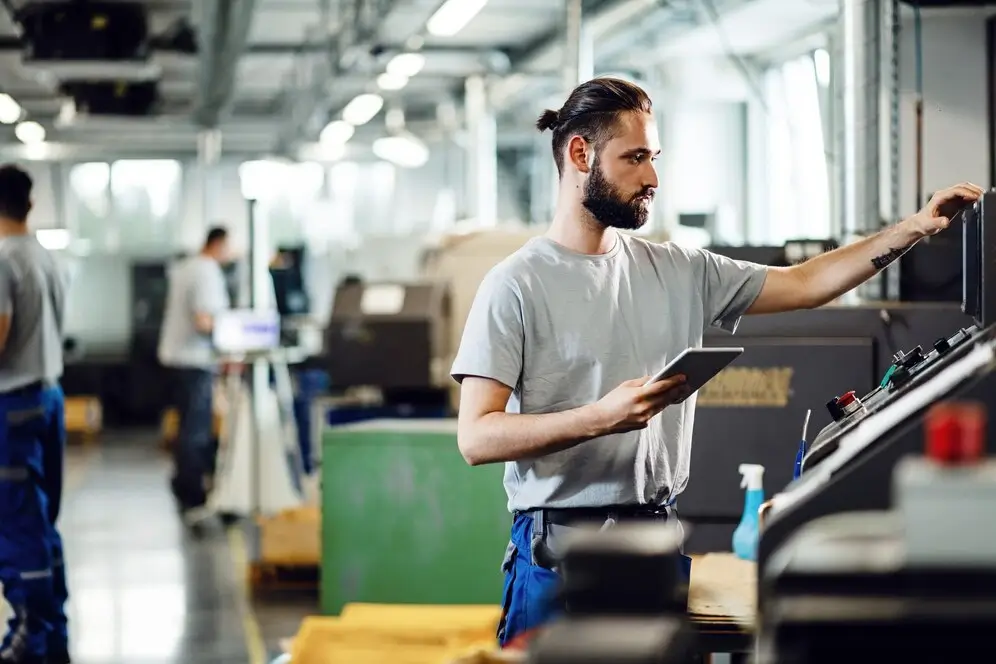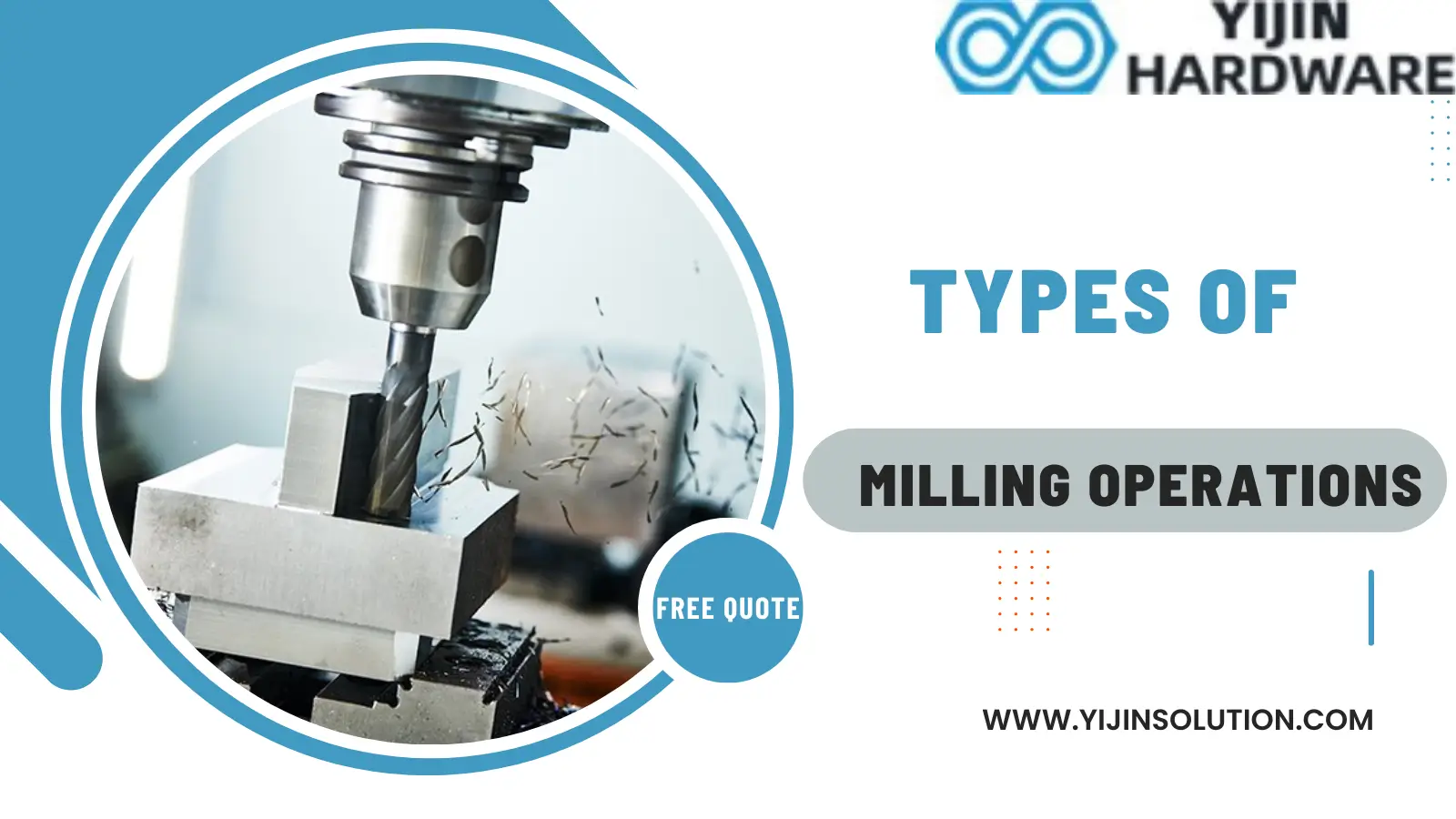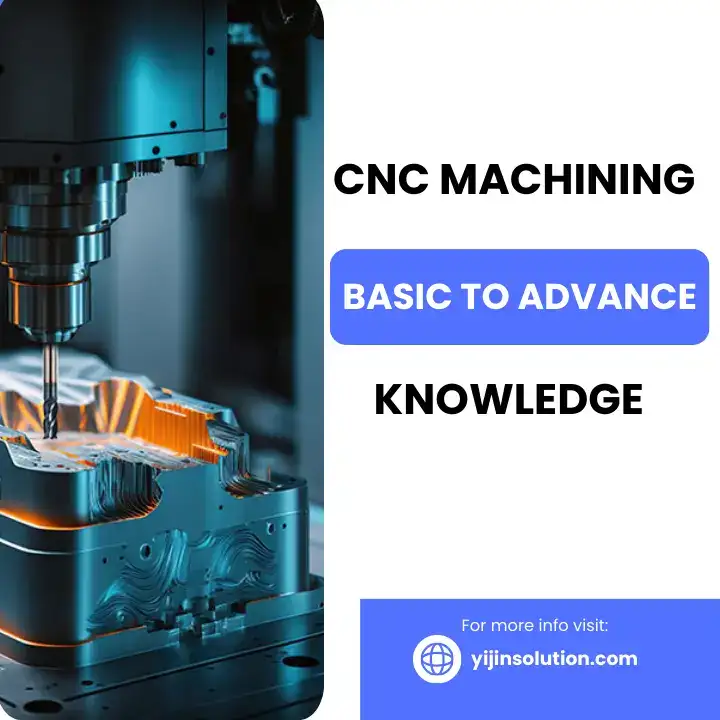
Have you ever considered the different metal and plastic parts around us? For instance, engine parts and smartphone components. What is the manufacturing process behind these complex parts? The answer is CNC machining.
There are companies all over the world that are rising. SpaceX’s rocket is made out of stainless steel, right? It doesn’t drop at the first stage; it flies up, refuels, and it’ll be able to go to the moon or Mars. The whole world is changing, and these space vehicles and autonomous cars all need parts. So, manufacturing right now is more critical than it has ever been.
We discussed some basic knowledge about CNC machines and processes in our previous post. But this time, we will narrate this story from the beginning. This guide is for beginners who have heard those words before but have yet to learn what CNC machining is.
So, the most crucial question is, what will you learn from this post? You’ll walk away at the end understanding better what CNC machines are, how they work, and how to get your jobs done.
What is a CNC machine?
You must be wondering why I am not going to start with the CNC machining process. Everyone is already talking about this. But this is not the beginning. Everything starts with a CNC machine.
You must have heard many names tossed around: CNC mill, CNC router, CNC plasma table. CNC refers to the technology used: computer numerical control that moves the mechanism around.
Technically, your 3D printer is a CNC machine, your laser cutter is a CNC machine, and CNC routers and mills are CNC machines. Plasma tables, vinyl cutters, and all those things are technically CNC machines. All these machines work together to make a fully functional part. There are three major types of CNC machines; I shall mention their names. Going into the details of each machine will distract us from the initial concepts. It will be a little boring, too.
How many types of CNC machines are there?
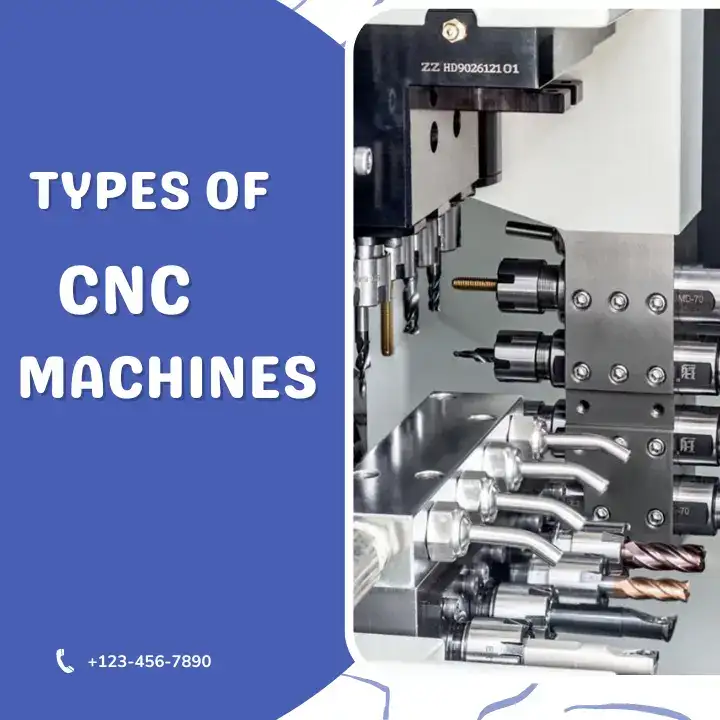
We can divide the types into three main categories:
- By Function
- Number of Controlled Axes
- Level of Automation
By Function:
- Milling Machines
- Lathes
- Drilling
- EDM
- Laser-cutting and many others
By Number of Axes
- 2-Axis CNC Machines
- 3-Axis CNC Machines
- 4-Axis CNC Machines
- 5-Axis CNC Machines
By Automation
- CNC machines
- Machining Centers
What is CNC machining definition?
The abbreviation of CNC is “Computer Numerical Control”.
- Computer:It is a simple term which means an integrated computer system
- Numerical:CNC machines use numerical codes such as speeds and feeds. These programs guide the cutting tools to cut any metal.
- Control:This part of the machine controls the programming movement. It is important for precision parts.
Now, you have a basic understanding of CNC machines. Next, we shall discuss the impact of these machines in manufacturing parts for different industries.
“A computer numerically controls machines to process a workpiece into a desired shape are called CNC machining.”
Key Concepts in CNC Machining
Modern manufacturing industries depend on CNC machining because it is a highly reliable method of making both simple and complex parts. To understand this process, you need to learn key concepts such as computer control and subtractive manufacturing.
Computer Control:
Modern CNC machines execute the operation using a G-code. This is a programmed code that dictates the design of the machine. In manual machines, human involvement remains significant. Ultimately, it leads to several issues in the final product.
Subtractive Manufacturing:
Why CNC machining is a subtractive manufacturing? CNC machines remove the block of material (metal or plastic) to get the desired shape.
To learn its benefits, feel free to check our guide: 15 Advantages of CNC Machining and Milling
Historical Background of CNC Technology
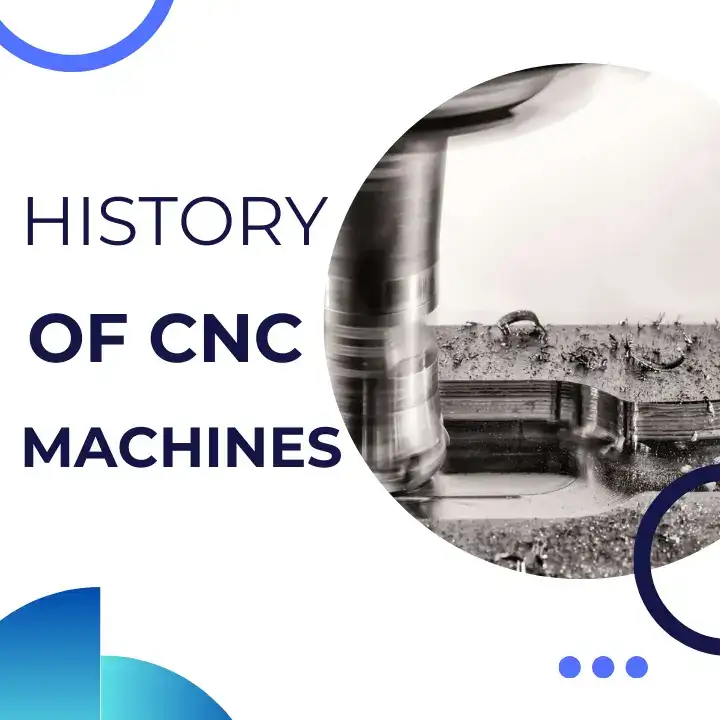
The first concept of CNC machining emerged in the 20th century. Manual machining centers started thinking about automation. I will keep it short by sharing century-wise development:
- In 1940 the first numerical controlled machines were invented
- In 1950 transistor-based computers enhanced CNC machines’ efficiency.
- In 1960 and 1970 user-friendly programming languages expanded CNC machines to various industries
- 2024; present-day modern machines have a high level of precision and speed.
Understanding CNC Machining Technology
Now you have a brief background of CNC basics including major terms and history. The next step is learning the technology of CNC machining.
CAD/CAM Software
CAD is software that engineers use to make a 3D model design. You must think about what type of design to use. For instance, if you need a car engine part, you will prepare its design. CNC machining companies also provide design support, but the machinists will follow your CAD model if you have a design file.
Now, the exciting point is here. Modern CNC machines can only produce precision parts by following the design. The amount of precision required depends on the choice of material and feed/speed rate.
You can read about precision CNC machining in detail in our following article.
Read Also: CNC Precision Machining: Details You Need To Know
So a CAD model captures the following details:
- Geometric Details
- Dimensions
- Tolerance
Computer-Aided Manufacturing (CAM)
CAM is software. What is its function? This software acts as a bridge between CAD and machine. It translates the design into institutions. Generally, these instructions are called G-code. So what are the core functions of CAM software?
- Toolpath Generation
- Roughing and Finishing
- Simulation
A Point to Ponder if You Are a Machinist
Making parts from start to finish, from raw stock to a finished part, your mind creating all of it. Holding the part in your hand and inspecting it to print and then making another part. You are going from standard 3-axis to live tooling to 5-axis to horizontals to building fixtures and just making part after part, that is what makes machinists.
How to choose a tool in CNC machining?
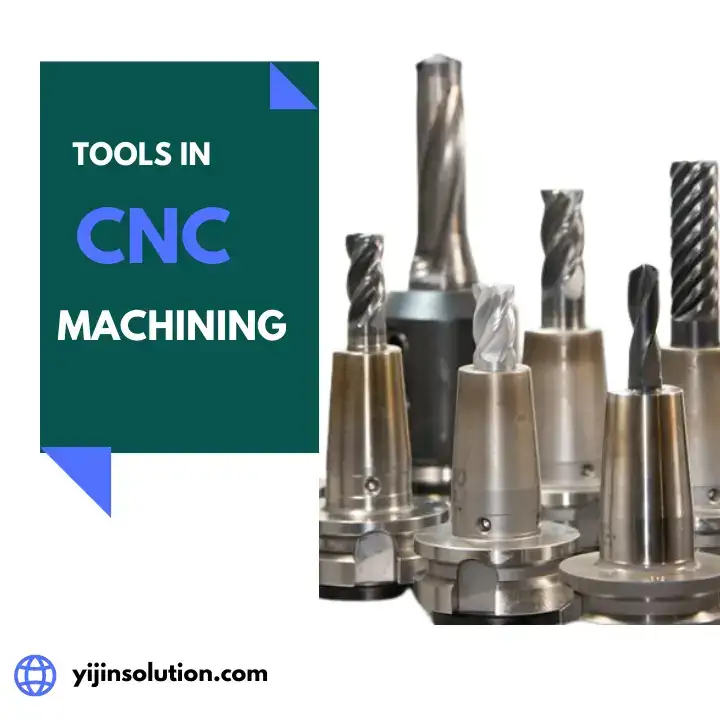
Why is tooling important in making precise CNC machined parts? A poor choice of tools can lead to several issues, such as poor surface finish and tool wear and tear. When choosing a tool, considering the following factors is crucial.
- Materials (Plastic/Metal)
- Surface Finishing
- Wear Resistant Tools
- Tool Speed and Feed Rate
- Tool Geometry
There is another crucial factor in tooling: the choice of correct coolant. A coolant improves tool life and enhances its efficiency. A coolant performs several vital functions in CNC machining. These are:
- Controlling the cutting tool temperature
- Cutting process lubrication
- Reducing the friction
- Flushing the chips
There are three common types of coolants you can choose from:
- Water-based coolants
- Cutting Oils
- Low lubrication Oils
Advance Machining Techniques
CNC machining is not all about basic software or machines like milling and turning. There are advanced features that are highly demanded for precision CNC machining. One of the modern machining techniques is 5-axis machining. 5-axis machines control the movement of the part with 5 axes. They can design parts with complex geometries from multiple angles simultaneously.
Multi-tasking CNC machines also offer combined benefits. For instance, they combine milling, turning, and drilling into a single unit. Feel free to check this guide about “5 axis cnc machining service providers”.
Similarly, automation and robotics are being used in modern-era CNC machining companies. This is a step further in eliminating manual interference. Hence, the results will be more precise, and the production rate will be faster.
Learning CNC Programming Basic Concepts
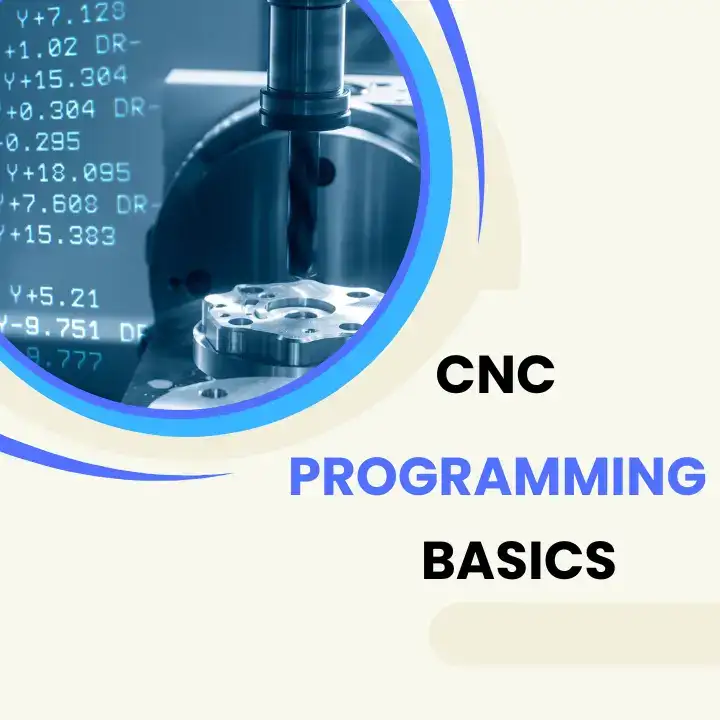
The programming of CNC machining starts from the G-code. We have already read that G-code tells the machine what to do. A G-code carries every information a CNC machine requires to produce a metal or plastic part.
A G-code consists of lines of code. It contains particular parameters and commands. We can divide these commands into two categories:
- G-codes
- M-codes
G-codes control the movement of the machine’s axes, and m-codes control advanced movements such as spindle control and tool change commands.
To simplify, G-code controls basic movement. Advanced coding can achieve greater tasks. For example, G-code enables loops and subroutines. It also accelerates repetitive machining. Similarly, it can streamline complex programs. Subsequently, G-code programs can create macros and custom functions to improve automation in complex machining.
Can you write the G-code manually?
If you are an expert programmer then writing code manually is advisable. But generally, machining companies incorporate CAM software to make programs. It delivers significant advantages:
- Simplified Code Generation
- Optimization Feature
- Simulation and Verification
Selecting The Right CNC Machining Material
Beginners in CNC machining often mix the machining requirements for different materials. There is a significant difference in machining plastic and metals. Even different meta-alloys need different feed and speed rates. For a clear picture, here is a conceptual feed and speed rates.
Note: We have given the table for information purposes only. Using this illustration assists in understanding the basic concept. Do not use it for actual machining. Always consult a professional CNC machining manufacturer.
CNC Machining Feed and Speed Rate Table
| Material | Tool Type | Feed Rate (mm/rev or IPM) | Speed (SFM) |
|---|---|---|---|
| Aluminum (6061) | End Mill (2 Flute) | 0.10 – 0.25 mm/rev (0.004 – 0.010 IPM) | 100 – 300 SFM |
| Drill Bit | 0.05 – 0.15 mm/rev (0.002 – 0.006 IPM) | 50 – 150 SFM | |
| Brass | End Mill (3 Flute) | 0.15 – 0.30 mm/rev (0.006 – 0.012 IPM) | 75 – 200 SFM |
| Tap | 0.08 – 0.12 mm/rev (0.003 – 0.005 IPM) | 25 – 50 SFM | |
| Mild Steel | Ball Nose End Mill | 0.08 – 0.20 mm/rev (0.003 – 0.008 IPM) | 50 – 150 SFM |
| Drill Bit (High-Speed Steel) | 0.03 – 0.10 mm/rev (0.001 – 0.004 IPM) | 30 – 100 SFM | |
| Acrylic | Ball Nose End Mill | 0.20 – 0.40 mm/rev (0.008 – 0.016 IPM) | 100 – 250 SFM |
| Router Bit | 0.30 – 0.50 mm/rev (0.012 – 0.020 IPM) | 75 – 150 SFM | |
| ABS Plastic | End Mill (2 Flute) | 0.15 – 0.30 mm/rev (0.006 – 0.012 IPM) | 75 – 200 SFM |
| Drill Bit | 0.10 – 0.20 mm/rev (0.004 – 0.008 IPM) | 50 – 125 SFM |
Tolerance Control and Precision Machining
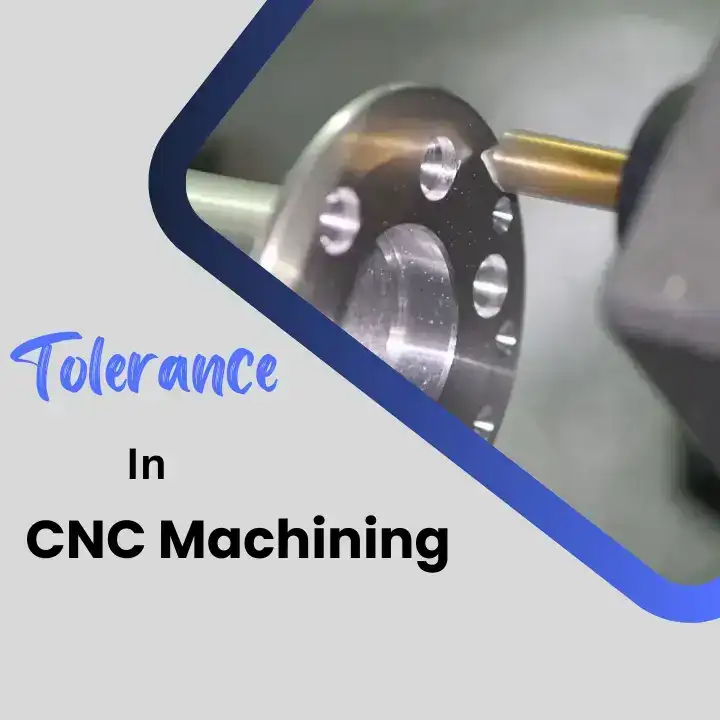
Newbies in CNC machining don’t understand the meaning. Tolerance means being close to a specific shape or size of any part. In CNC machining, deciding how much the tight tolerance will be is paramount. Despite advanced CNC machines, there are tiny variations in part sizes. Furthermore, there are acceptable levels of tolerance.
Tolerance means how close a part has a specific size or shape. For instance, a mechanical engineer machines a 10-millimetre-wide hole. Its tolerance is 0.1 millimeters. Suppose its hole is between 9.9 millimeters and 10.1 millimeters. It will be an acceptable tolerance level.
Tight and Loose Tolerance Levels in CNC Machining ( For Information Purpose Only)
| Feature | Tight Tolerance (mm) | Loose Tolerance (mm) |
|---|---|---|
| Hole Diameter | ±0.025 – ±0.050 | ±0.125 – ±0.250 |
| Shaft Diameter | ±0.0125 – ±0.025 | ±0.050 – ±0.100 |
| Linear Dimension (Short) | ±0.050 – ±0.100 | ±0.250 – ±0.500 |
| Linear Dimension (Long) | ±0.100 – ±0.200 | ±0.500 – 1.000 |
| Flatness/Straightness | 0.025 – 0.050 | 0.100 – 0.250 |
| Perpendicularity | 0.050 – 0.100 | 0.250 – 0.500 |
| Roundness | 0.025 – ±0.050 | ±0.100 – ±0.250 |
Conclusion
Advanced machining processes incorporate contemporary machines into custom metal parts. High-volume manufacturing is quite productive now, whether HSM, wire EDM, or multi-axis machines. However, if you need to machine a part, it is recommended that you contact a professional company.
Yijin is an experienced CNC parts manufacturer. It provides dedicated and cost-effective high-precision CNC machining services. With the latest multi-axis machining, such as 3,4, and 5-axis, Yijin can effortlessly manufacture OEM and ODM parts with tight tolerances.
You May Also Like: CNC Machining Cost
 Call Us Today! (+86) 188-2253-7569
Call Us Today! (+86) 188-2253-7569